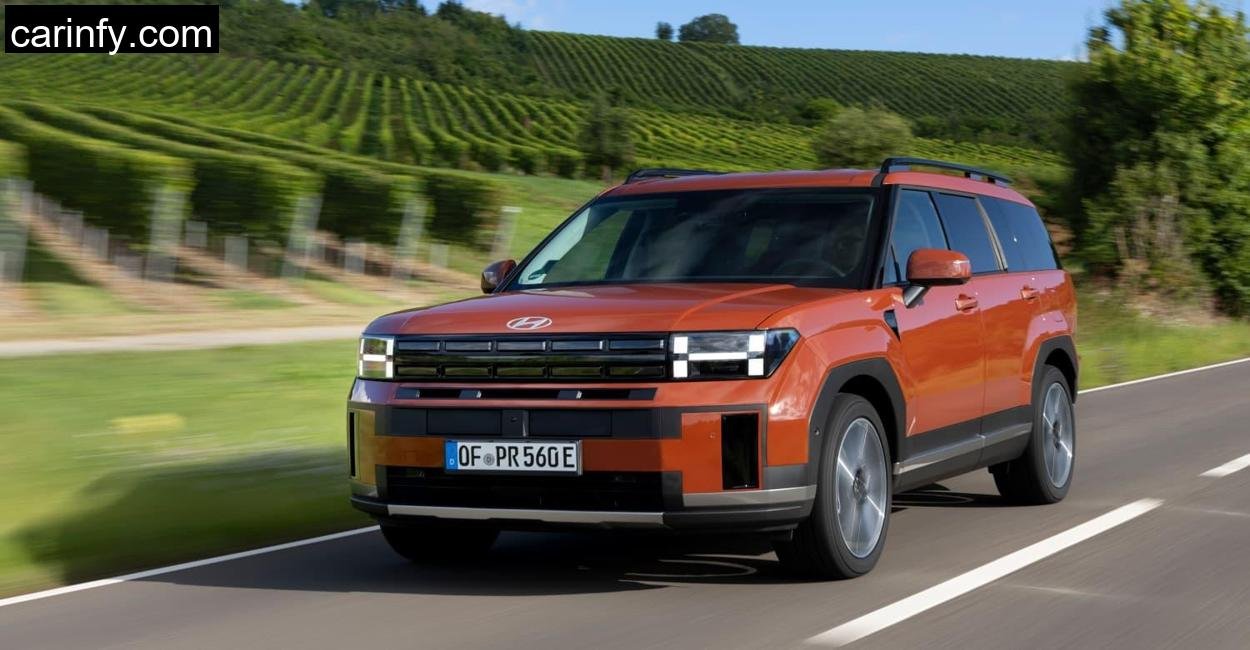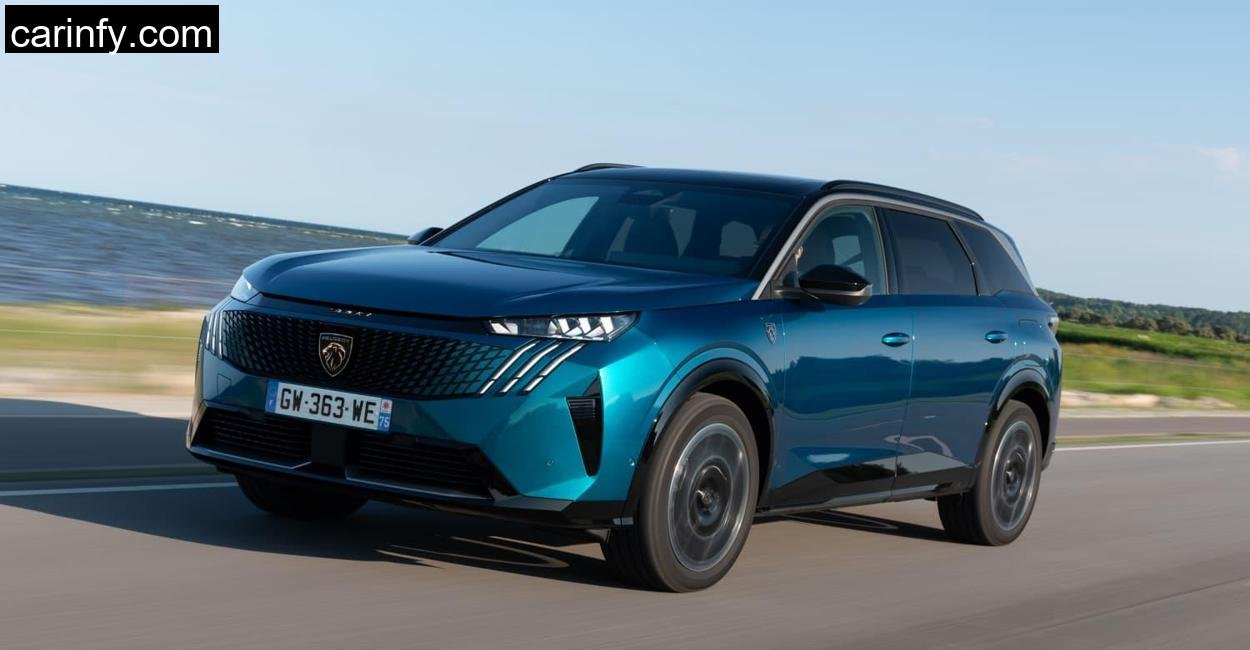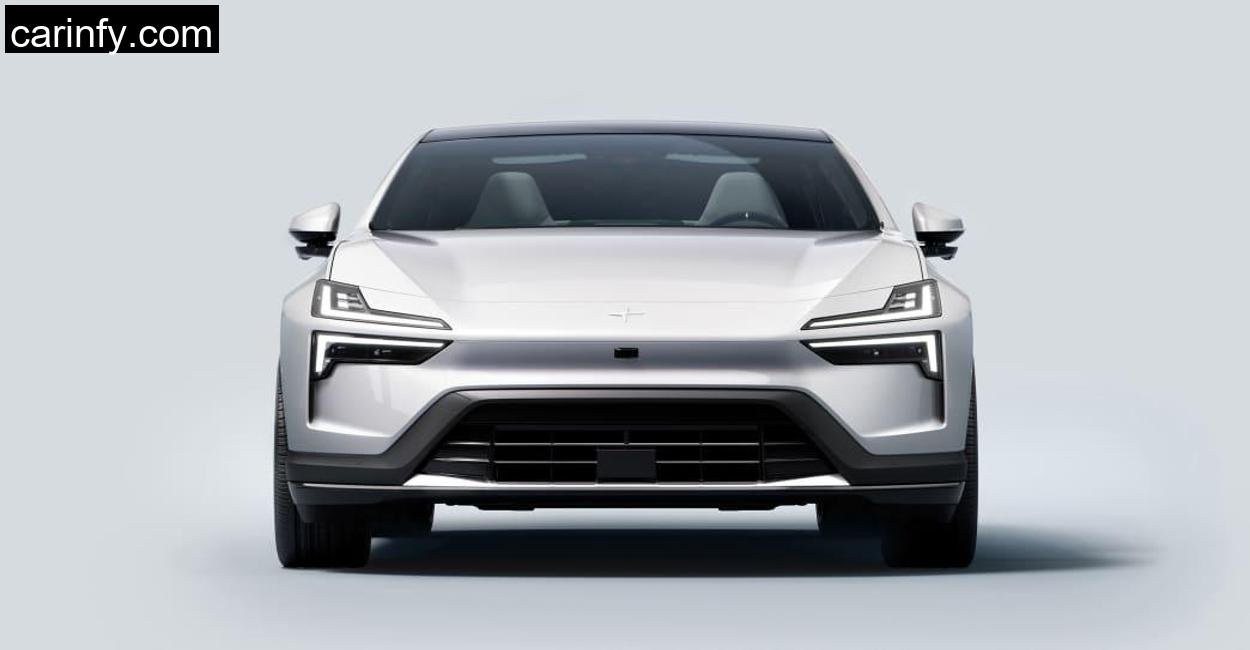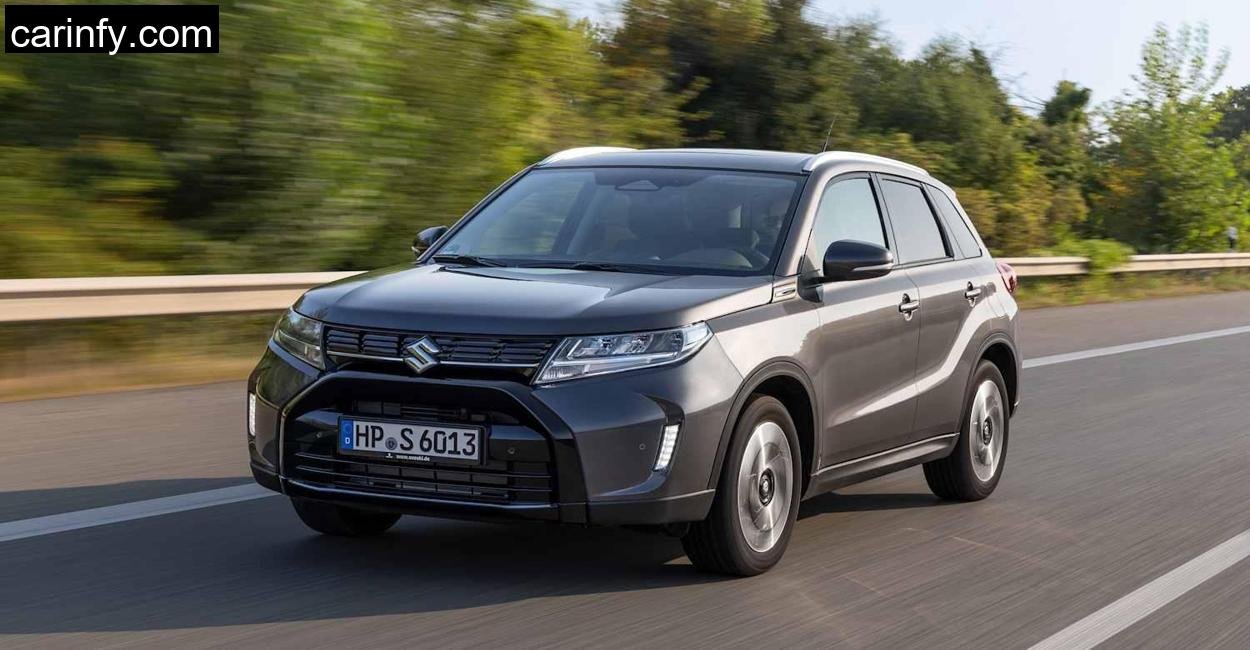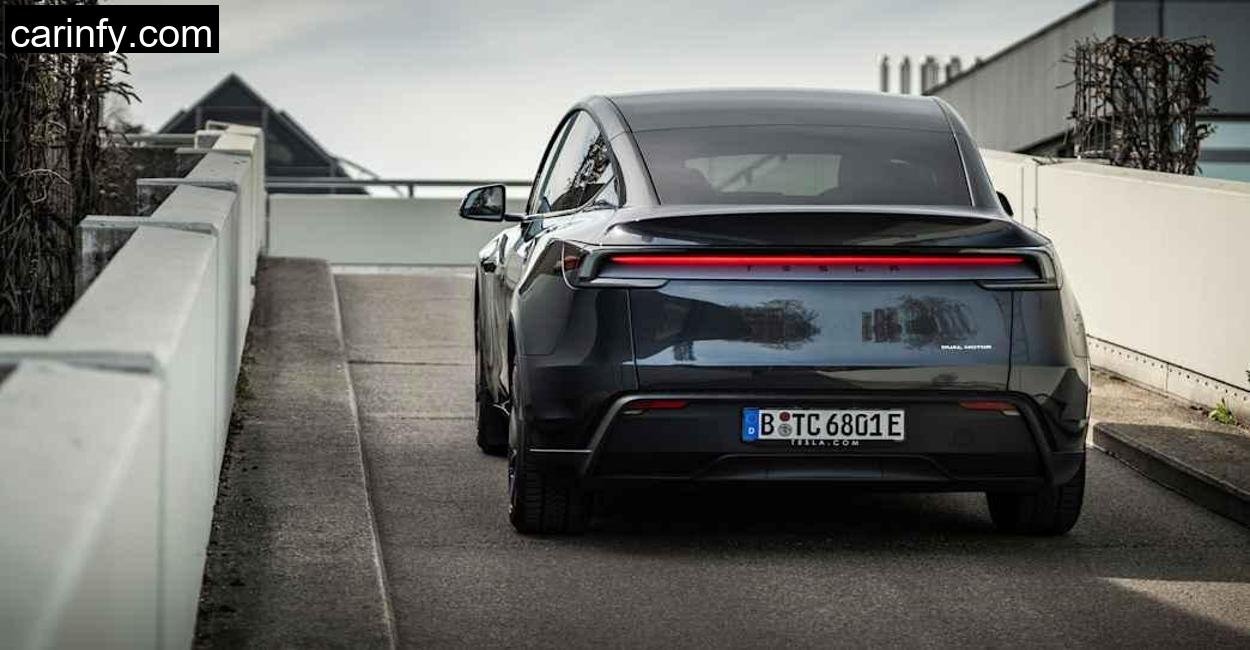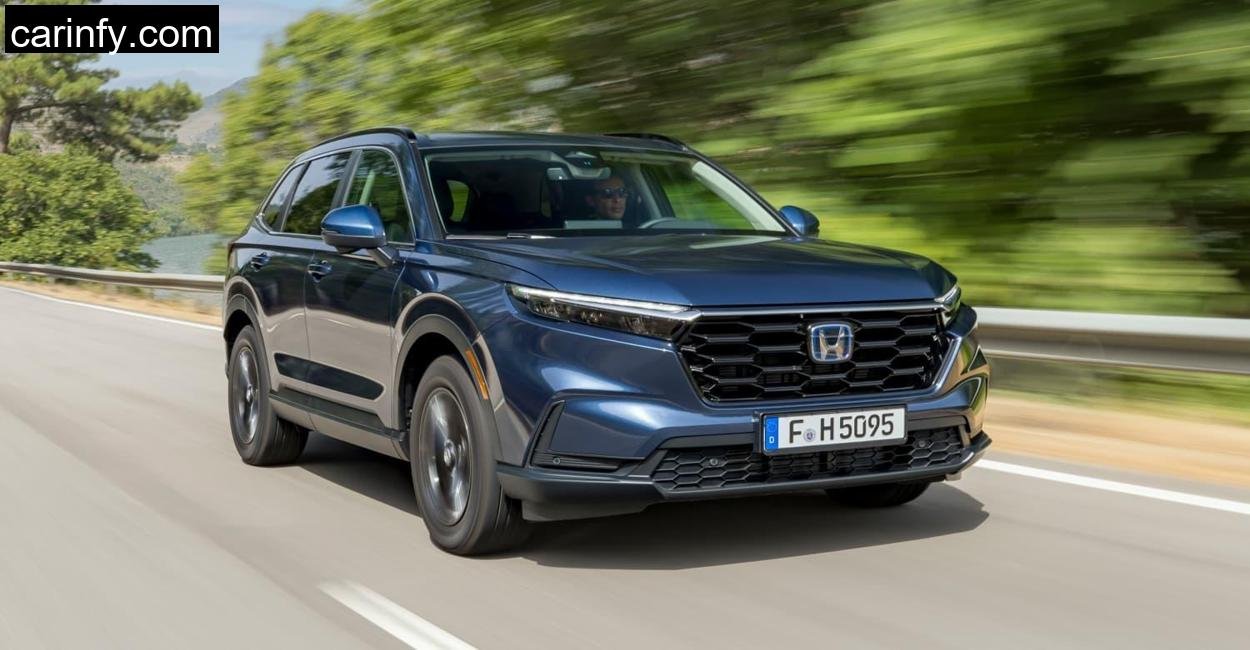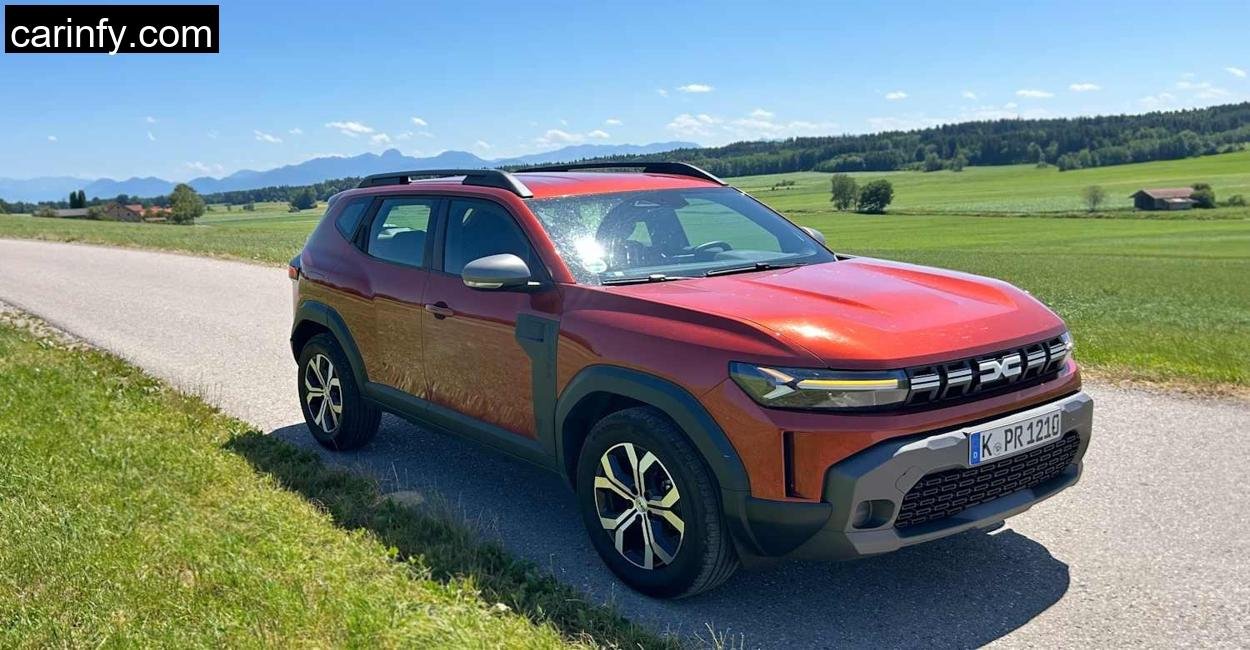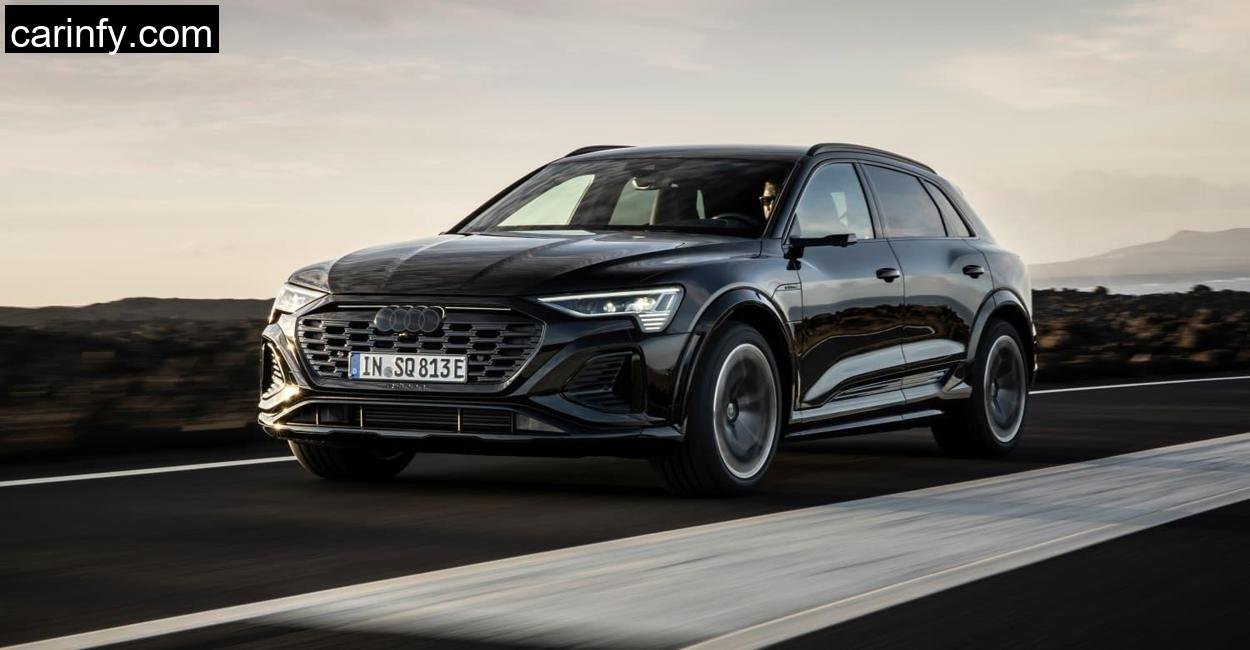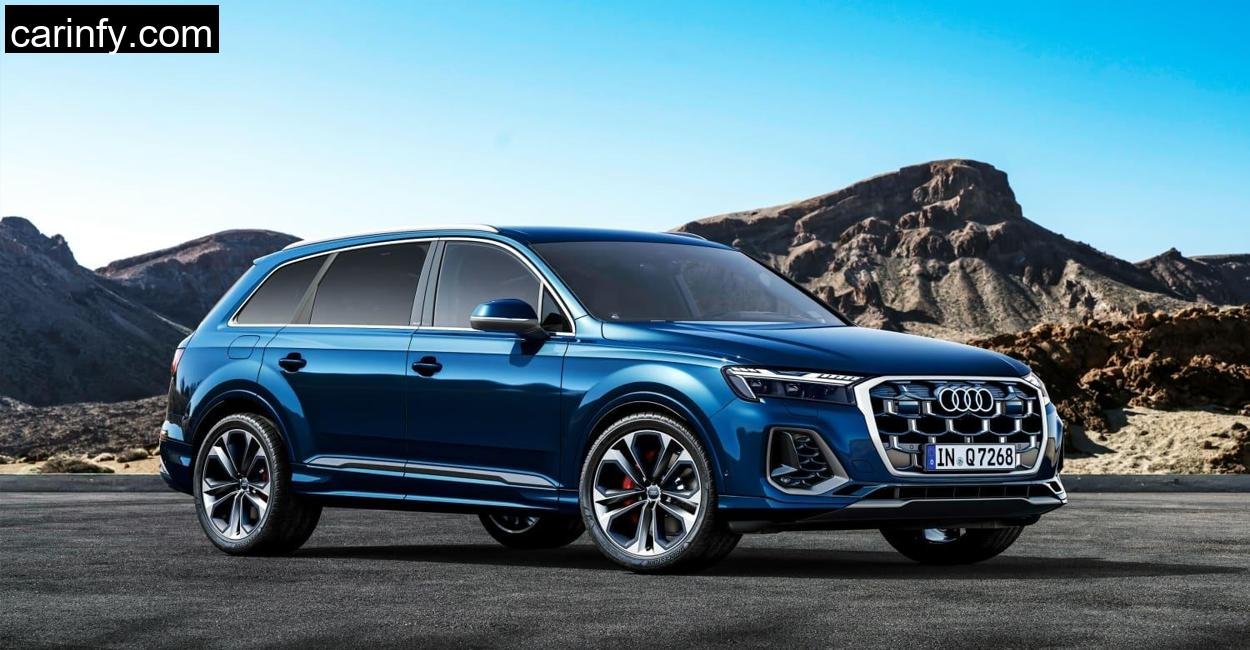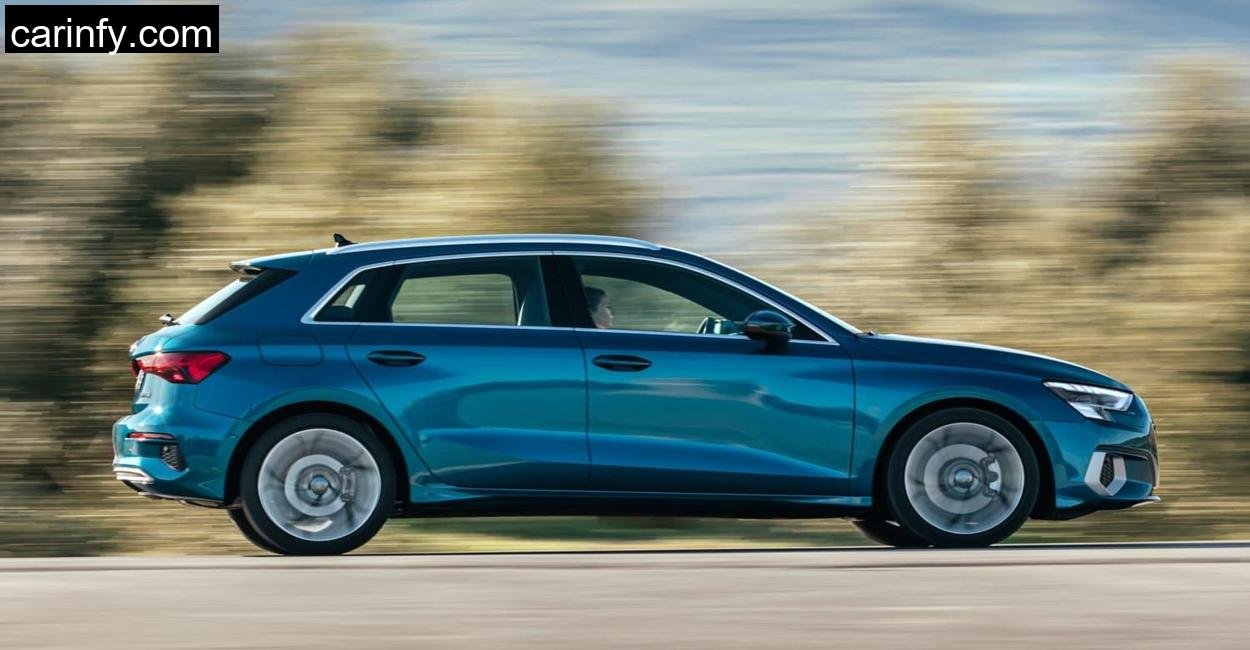I still remember the first time I saw the 2025 Hyundai Santa Fe in person. It was parked outside the inn in the Alsace region of France, its bold boxy silhouette standing out against the green slopes of the Grand Ballon. This was not the Santa Fe I remembered from the early 2000s. Gone were the soft curves and reserved design cues. In their place? H-shaped LED lights, a squared-off body, and a presence that had me immediately checking whether my garage back home could even fit this beast.
We had arranged to spend a weekend testing the Plug-in Hybrid Santa Fe across the winding roads and elevation changes of the Grand Ballon, the highest peak in the Vosges Mountains. This location isn’t just picturesque, it’s the perfect real-world testing ground for a large SUV. Steep climbs, fast descents, tight switchbacks, and open stretches of highway all in one place. And trust me, the Santa Fe was up to the challenge.
Technical Specification:
Specifications have been verified using the Hyundai official website.
| Specification | Value |
|---|---|
| Engine Type | Plug-in Hybrid |
| Displacement | 1,598 cc |
| System Power | 253 hp (186 kW) |
| Torque | 367 Nm |
| Drive Type | All-Wheel Drive |
| 0–100 km/h | 9.3 seconds |
| Top Speed | 180 km/h |
| Battery Capacity | 13.8 kWh |
| Electric Range (WLTP) | 54 km |
| Combined Fuel Consumption (WLTP) | 1.7 l/100 km + 19.2 kWh/100 km |
| Charging Power | 3.6 kW (AC) |
| Trunk Volume (Standard/Folded) | 621 L / 1,942 L |
| Vehicle Dimensions (L×W×H) | 4,830 × 1,900 × 1,720 mm |
| Curb Weight | 2,150 kg |
| Max Trailer Load (braked) | 1,010 kg |
| Price | From €68,150 |
First Impressions: Big, Bold, and Refined
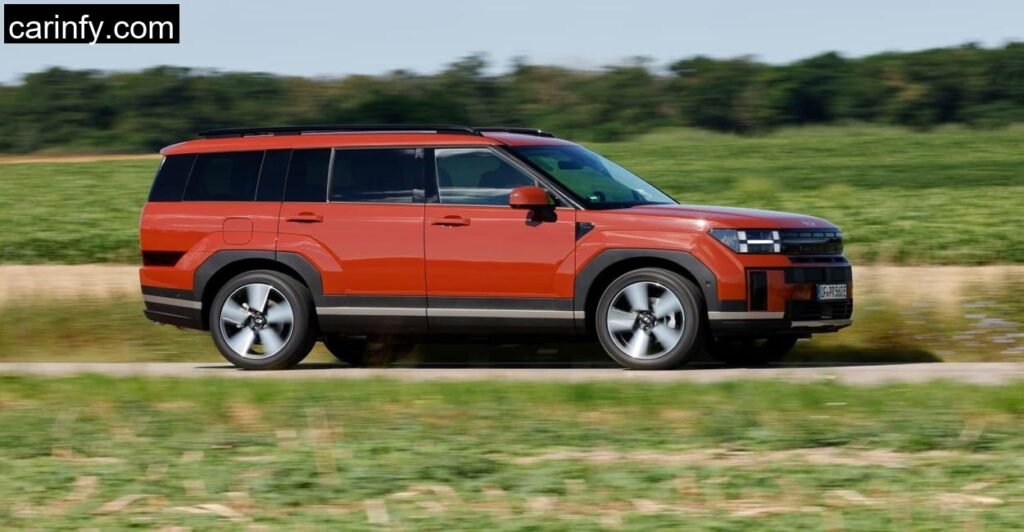
The Santa Fe greeted me with a commanding presence. Its squared-off design and massive front hood make it look more like a Range Rover than a traditional Hyundai. The H-shaped lights are striking and give it an identity unlike anything else on the road. It’s a design that dares to be different, and I respect that.
Inside, the Santa Fe is a haven of comfort and practicality. I had the six-seater Black Line trim, with captain’s chairs in the second row, a brilliant choice for long drives. The materials were soft-touch, the dual-screen layout was intuitive, and the seating position offered a commanding view of the road. There’s even a UV sanitizing glovebox, which felt gimmicky at first, but in today’s world, maybe it’s not such a bad idea.
Climbing the Grand Ballon: Performance Under Pressure
Our route took us from the valley floor up towards the peak of the Grand Ballon. The ascent is steep, with corners that sneak up on you and gradients that test torque delivery. The Santa Fe’s 253 hp plug-in hybrid system proved more than adequate. The electric motor provided instant torque for the initial acceleration, and the 1.6L turbocharged petrol engine smoothly took over as the load increased.
The transition between electric and gasoline power was almost seamless. Hyundai has done a stellar job calibrating the hybrid system. Even under heavy throttle, I didn’t experience the annoying rubber-band effect that plagues some other hybrids. The 6-speed automatic transmission shifted predictably and without hesitation.
As we reached higher altitudes, the engine had to work harder, but it never felt strained. The all-wheel-drive system gave me confidence on loose gravel patches and during sudden turns. Over several hairpin bends, I could feel the weight of the car, but body roll was well-managed. The steering, while not razor-sharp, was communicative enough to enjoy the drive.
Electric Range in the Real World
Hyundai claims 54 km of electric-only range, and I was curious to see how close we could get. I started the day with a full charge and drove gently through the lower village roads before the climb. I managed just under 50 km before the battery dipped below usable range. That’s not bad considering the terrain and elevation gain. However, recharging was another story.
The onboard charger maxes out at 3.6 kW, which meant it took nearly four hours to recharge the battery fully. That’s fine if you’re plugging in overnight, but it does limit the plug-in hybrid’s utility for back-to-back trips.
Interior Space: A Real Family Hauler

Space is where the Santa Fe truly shines. The second row is spacious enough for adults to relax, and the third row, while best suited for kids or agile adults, is more usable than in many competitors. What I loved was the thoughtful touches, USB ports at every row, a panoramic sunroof that brightens the entire cabin, and even rear window sunshades.
Luggage space with all seats up is limited to 190 liters, but folding the third row opens up a cavernous 621 liters. With the second row down, you get nearly 2,000 liters, enough to transport bicycles, camping gear, or a week’s worth of family luggage.
On Comfort and Daily Use

Suspension comfort is impressive. Over the rough cobblestones of some Alsatian villages and broken pavement on mountain roads, the Santa Fe absorbed bumps with grace. It’s not floaty, but it’s plush enough to keep you comfortable on long journeys.
Wind noise starts to creep in above 130 km/h, especially around the A-pillars, but it’s never intrusive. Engine noise is well-muted, even when revving under load. This SUV is tuned for comfort, not speed, and it shows.
The head-up display and digital mirror are excellent additions. The latter was especially useful with passengers in the back blocking rear visibility. One gripe: the attention warning system is overzealous, prompting alerts even when I was talking animatedly with passengers.
Towing and Practicality
Here’s where the Santa Fe slightly disappoints. The braked towing capacity of just 1,010 kg is modest for a vehicle of this size. Many people buy large SUVs precisely for their ability to tow trailers or caravans, and this could be a dealbreaker. However, the 100 kg support load means you can still mount a bike rack with two e-bikes, handy for weekend getaways.
Daily Driving and Efficiency
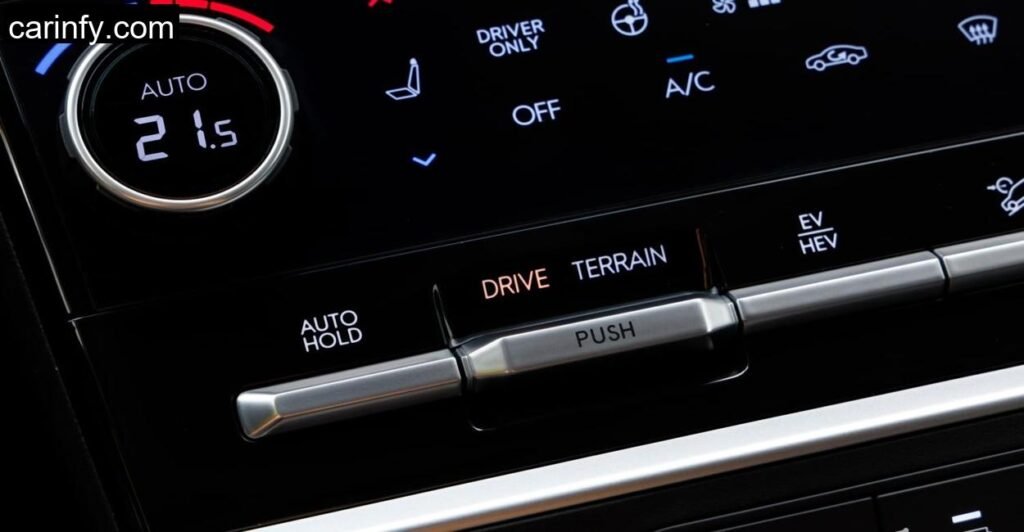
At the end of our test, I reset the trip computer and drove back down the mountain with a mix of regenerative braking and cruising. The result? 7.9 l/100 km average consumption, including spirited mountain driving. On flatter terrain and city roads, I saw figures closer to 6.5 l/100 km.
If you charge regularly and drive short distances, the plug-in hybrid makes sense. But if you can’t plug in every day, the standard hybrid might be a better buy, it’s €4,600 cheaper and still provides the same interior and most of the features.
Conclusion: A Confident, Capable SUV with a Few Quirks
The 2025 Hyundai Santa Fe Plug-in Hybrid is a confident step forward for Hyundai. It’s bold in design, spacious inside, and refined on the road. It’s not perfect, the electric range is modest, charging is slow, and the towing capacity is underwhelming, but as a family SUV that can handle real roads and real adventures, it’s an excellent option.
The Grand Ballon threw everything at it, steep climbs, unpredictable weather, tight corners, and the Santa Fe took it all in stride, keeping my passengers comfortable and me, the driver, engaged.
If you’re looking for a seven-seat SUV that stands out and doesn’t compromise on comfort or utility, the new Santa Fe deserves a serious look.
What’s the difference between the standard hybrid and the plug-in Hyundai Santa Fe?
The standard hybrid doesn’t require charging and has a smaller battery (1.49 kWh), while the plug-in hybrid has a 13.8 kWh battery and offers around 54 km of electric-only range.
Is the third row suitable for adults in Hyundai Santa Fe?
Yes, but only for shorter journeys. Adults up to 1.85 meters can fit comfortably, but the seating position is slightly crouched.
How long does it take to charge the Hyundai Santa Fe Plug-in Hybrid?
With the standard 3.6 kW AC onboard charger, it takes just under 4 hours to fully charge.
